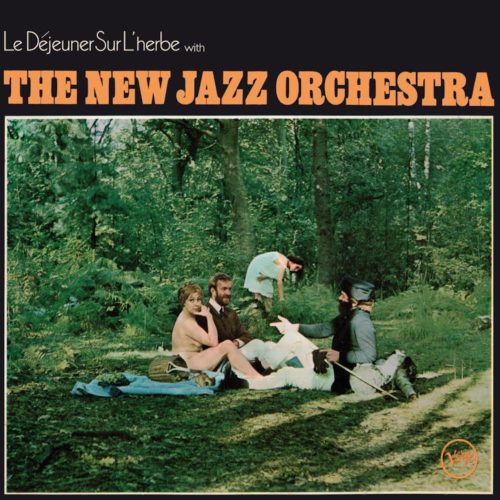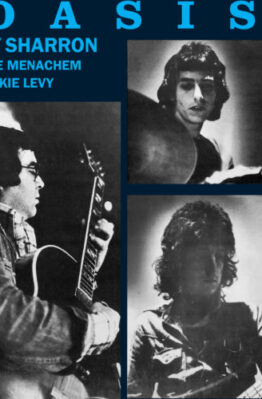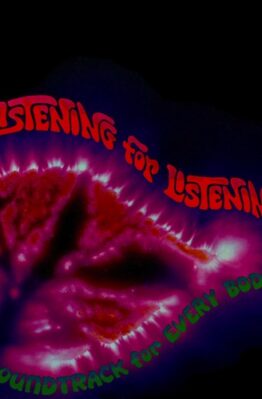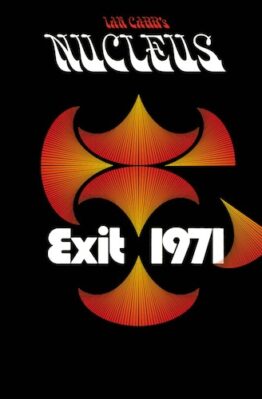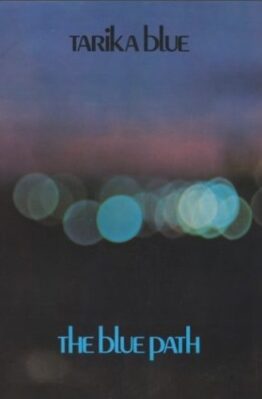Description
Cat#:
LABEL: Aartrud, Italy
FORMAT: LP
CAT#: AAR111 SOLD OUT
ARTIST: THE NEW JAZZ ORCHESTRA
TITLE: LE DEJEUNER SUR L’HERBE
Originally released as: Verve VLP9236 (1969, UK)
JAN: 4560312319307
Lineup:
Neil Ardley (dir)
Jack Bruce (b)
Jon Hiseman (ds)
Dave Gelly (ts, cl, b.cl)
Jim Philip (ts, fl, cl)
Dick Heckstall-Smith (ts, ss)
Barbara Thompson (ts, ss, fl)
Derek Wadsworth (tb)
John Mumford (tb)
Michael Gibbs (tb)
Tony Russell (tb)
Derek Watkins (tp)
Harry Beckett (tp)
Henry Lowther (tp)
Ian Carr (tp, flg)
George Smith (tuba)
Frank Ricott (vib, marimba)
Rec data:
Tracks:
A1. Dark Energy
A1. Le Dejeuner Sur L’Herbe (Neil Ardley)
A2. Naima – Arr. Alan Cohen (John Coltrane)
A3. Angle (Howard Riley)
A4. Ballad (Mike Taylor)
B1. Dusk Fire (Michael Garrick)
B2. Nardis – Arr. Neil Ardley (Miles Davis)
B3. Study – Arr. Mike Taylor (Segovia)
B4. Rebirth (Michael Gibbs)
Notes:
By the 1960s, the popularity of big bands had waned considerably. The heyday of the 30s and 40s big bands had been superseded in the 1950s by smaller modern and traditional jazz units, skiffle and, ultimately, rock and roll, and the prominence they once enjoyed were a fading memory. Although there were still several very fine big bands playing and recording during this time, the economics of the big band in the age of the pop group always put it at a disadvantage. There was, of course, the leading Euro-American ensemble, the Clarke Boland Big Band, and there was still a surprising number of British big bands recording and performing in the 60s and early 70s. Bands such as the Tubby Hayes Orchestra, the John Warren Big Band, the Alan Cohen Big Band, The John Dankworth Orchestra and the various large ensembles led by Mike Gibbs and Mike Westbrook all attest to the big band still being used as a vehicle for composers, players and arrangers to explore ideas, even in an age when the economics of it seemed
unviable. Among the most forward thinking and distinctive of all the British big bands of the mid to late-60s was the New Jazz Orchestra (NJO) under the direction of Neil Ardley.
The NJO was active for less than ten years and recorded only two albums, one of which, their second, Le Dejeuner Sur L’Herbe (Verve SVLP 9236, 1969), is regarded by some as one of the finest British jazz album of the period. At one time or another, the NJO featured many of the British ‘new wave’ of young jazz musicians and composers who were redefining British jazz, sitting alongside more seasoned players. Members variously included Mike Gibbs, Dave Gelly, Ian Carr, Jack Bruce, Henry Lowther, Frank Ricotti, Dick Heckstall-Smith, Harry Beckett, Jon Hiseman, Don Rendell, Paul Rutherford, Barbara Thompson, Michael Garrick, Trevor Tomkins, Michael Phillipson, Les Carter, Tom Harris, Trevor Watts and Lionel Grigson. As well as this impressive assembly of musicians, composers such as Mike Gibbs, Michael Garrick and Mike Taylor also contributed compositions and arrangements.
The original idea for the New Jazz Orchestra arose in the autumn of 1963 out of an excited late night discussion about big bands between Clive Burrows and Les Carter. The exchange finished with the resolution to establish a big band and the NJO made their debut at The Green Man pub in south east London in December 1963, originally billed as The Bird/Burrows Big Band. Ian Bird left the band in 1964, and they briefly called themselves The Neoteric Jazz Orchestra before settling for the rather less arcane sounding New Jazz Orchestra. By this time Clive Burrows had left to join Zoot Money’s Big Roll Band and his place as director was taken by Neil Ardley. It was Ardley’s appearance that transformed the NJO from just another big band into a distinctively voiced ensemble, a band whose sound was not slavishly beholden to the American model but instead, whilst acknowledging the debt to Duke Ellington and Gil Evans, expressed an English sensibility that can be best described as ‘pastoral’, distinctively drawing on the classical idiom and coloured with the shades and textures of composers like Ralph Vaughan Williams. This well-balanced combination of classical orchestration and jazz made it more than a third-stream experiment. The NJO really could swing and its success lay, in large part, in the leadership of Neil Ardley.
Neil Ardley was born 26th May 1937 in Surrey and studied piano and tenor sax from the age of 13. After graduating from Bristol University in 1959 he moved to London and studied with two American musicians, Ray Premru and Bill Russo, before joining the John Williams big band as pianist. It was as a member of the Williams band that Ardley wrote his first compositions and developed the arranging skills that he would put to such good use with the NJO. As an arranger he was heavily influenced by Gil Evans, favouring the tonal colouration and space that Evans brought to his pieces on classic Miles Davis albums and Evans’s own projects such as Out of the Cool and The Individualism of Gil Evans. Ardley’s first recorded composition, Shades of Blue, was the title track of the Don Rendell-Ian Carr Quintet’s debut album, recorded in October 1964. Another version appears on the NJO debut album, Western Reunion, recorded a few months later. Western Reunion was the sound of a band finding its way, and the bulk of the material is provided by big name American composers. There are credible covers of well-known tracks like Milestones, Big P, So What and the Gerry Mulligan penned title track – but overall, except for Ardley’s Shades of Blue, the album does not especially stand out and does not convey or even particularly hint at the distinctive sound that the follow-up would so impressively announce. Recorded three years later, Le Dejeuner Sur L’Herbe was released on the iconic American Verve label, a first for a British jazz group, and the whole feel was very different to their previous effort. The range, invention and depth evident on Le Dejeuner Sur L’Herbe outstrips most large ensemble jazz albums of the time; at times muscular and powerful, at others delicate and sensitive, the interplay of the musicians, arrangements and compositions make for a stand-out recording that bristles with confidence and energy.
